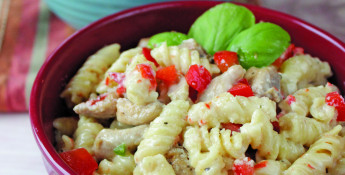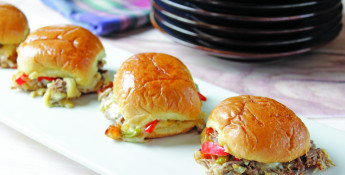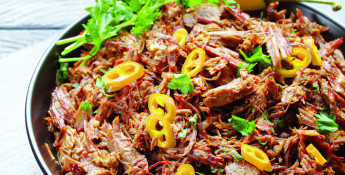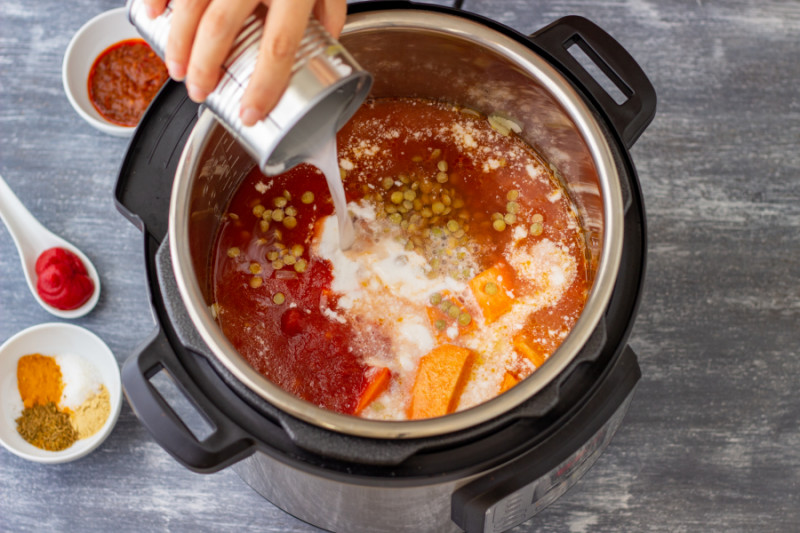By Chef Alli on August 14, 2020
Cooking with an Electric Pressure Cooker
Once you get the hang of using an electric pressure cooker, there’s no going back
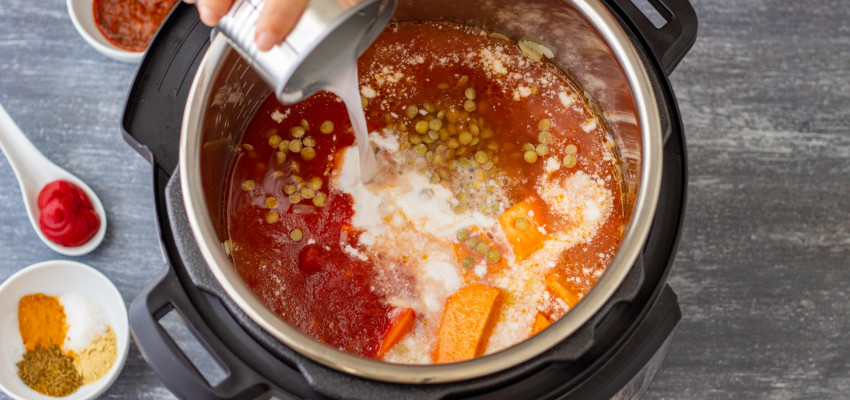
Why I love my pressure cooker
- We eat better because the only foods that can be cooked in them aren’t processed or refined.
- It saves time. You can make hard-boiled eggs, soups and pastas in five minutes or less, and a roast beef in just one hour.
- It’s a flavor infuser. Due to the pressure, flavors become much more intense.
- It’s “cool cooking” and very energy efficient. A pressure cooker is great in the summer when you don’t want to heat up the kitchen. And because things take much less time to cook, you use less electricity.
Here are the first four things you should make in your new electric pressure cooker (in this order)
This will help you gain immediate confidence and satisfaction.
1. Water. Yep, water should be first on your list because you’ll learn how your pot pressurizes, and you won’t be afraid of burning your first dinner. Please don’t skip cooking water.
2. Hard-boiled eggs. This process is magical and very often hooks people. Hard-boiled eggs only take five minutes and they’re perfect every time. You can cook 12-15 eggs in a 6-quart pot, and the shells nearly fall off the eggs in nice
big pieces.
3. Macaroni and cheese. Nearly all pastas cook in five minutes or less, and who doesn’t love macaroni and cheese? Your family will flip over having mac and cheese in front of them in just a few minutes.
4. Roast beef. Often, the very reason someone purchases an electric pressure cooker is because they long for a juicy and tender pot roast like Grandma used to serve.
My top electric pressure cooker tips
- Never fill your pot more than two-thirds full. An over-filled pot will often not pressurize properly or can spew liquids all over the kitchen when you perform a quick release.
- Remember your electric pressure cooker is actually a multi-cooker. Use the sauté setting to brown meats, the pressure setting to cook foods super quickly, the rice setting for making perfectly fluffy rice, the yogurt setting for super-creamy homemade yogurt, the steamer setting for vegetables and the slow-cooker setting to cook all day.
- Your electric pressure cooker must ALWAYS have liquid (water, juice, broth, beer, etc.) inside for it to pressurize. The liquids circulate to create steam and steam is what makes it pressurize. Understanding this process up front is essential.
- Most foods require one cup of liquid unless you are cooking grains, dry beans or pasta. These three ingredients need to be covered in liquid by 1/2-inch above where they stop inside the pot. Pasta and grains will absorb all that liquid, but beans will have to have the liquids strained off.
- Never stir layered pasta dishes. Pasta dish recipes will nearly always instruct you to place the ingredients into the pot in a very specific order, with the liquid on the bottom of the pot or the liquid poured over the top of all the ingredients. If you stir the ingredients together, you will incorporate the liquid into the center, meaning there will be no liquid on the very bottom or top to create pressure. You will get the dreaded BURN warning on the display, completely shutting down your pot.
- The number one thing to remember when cooking ANY kind of meat in an electric pressure cooker is to never use the quick release to remove the pressure. Always perform a natural release once the timer sounds. This one technique is the most important thing to know when you are cooking meats. It’s the difference between fork-tender pot roast and shoe leather.
- An electric pressure cooker is super portable. I love to use mine for gatherings with friends and family. I cook what I need to at home, plug it back in at my destination and push the WARM setting. No matter when we eat, everything inside is ready to go.
The top reasons your pot won’t pressurize
- You don’t have enough liquid, or the liquid has been stirred into the ingredients and can’t circulate.
- Something is stuck to the bottom of the pot.
- The valve isn’t set to the sealing or pressurizing position.
- The liquid is too thick, such as barbecue sauce or cream of chicken soup, and can’t circulate properly.
- The rubber gasket isn’t properly in place inside the lid.
- The pot is filled past the 2/3 mark and therefore overfilled with ingredients, not leaving enough room for the liquids to circulate.

